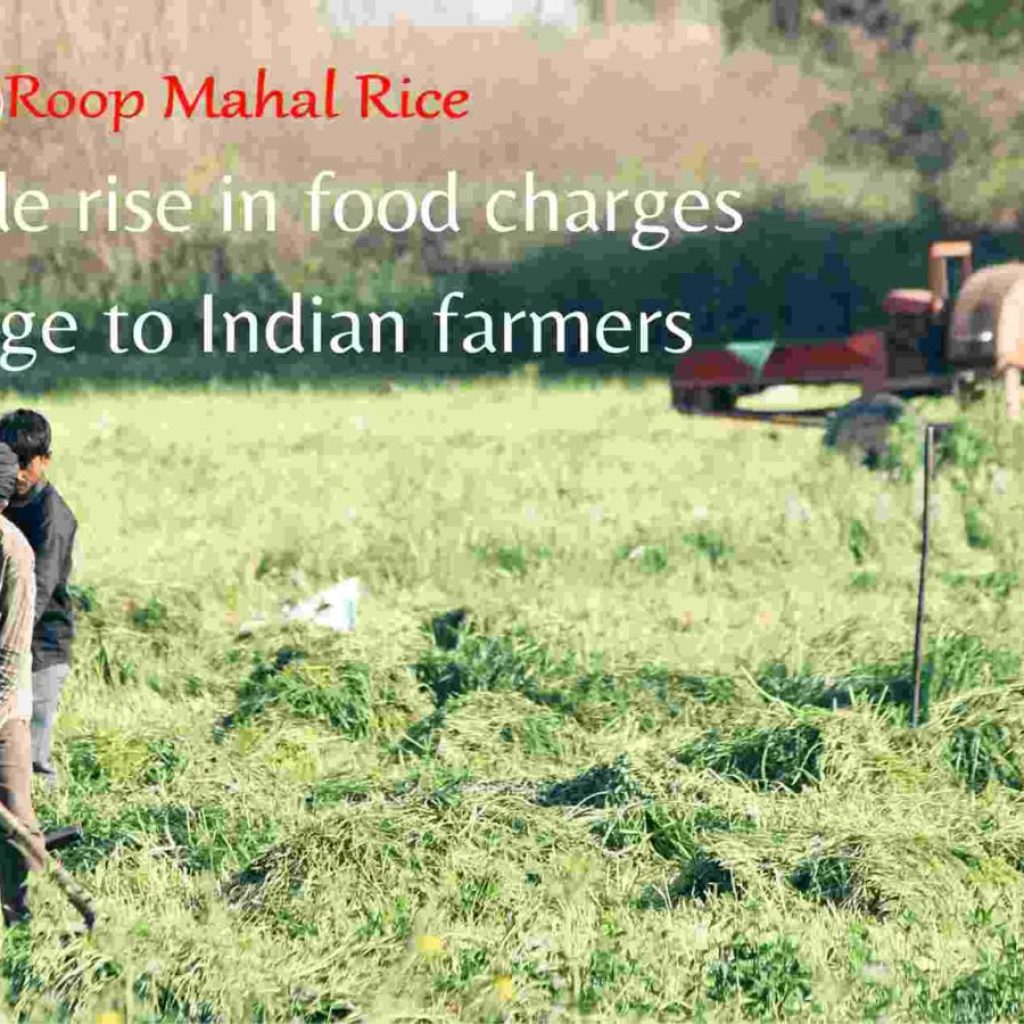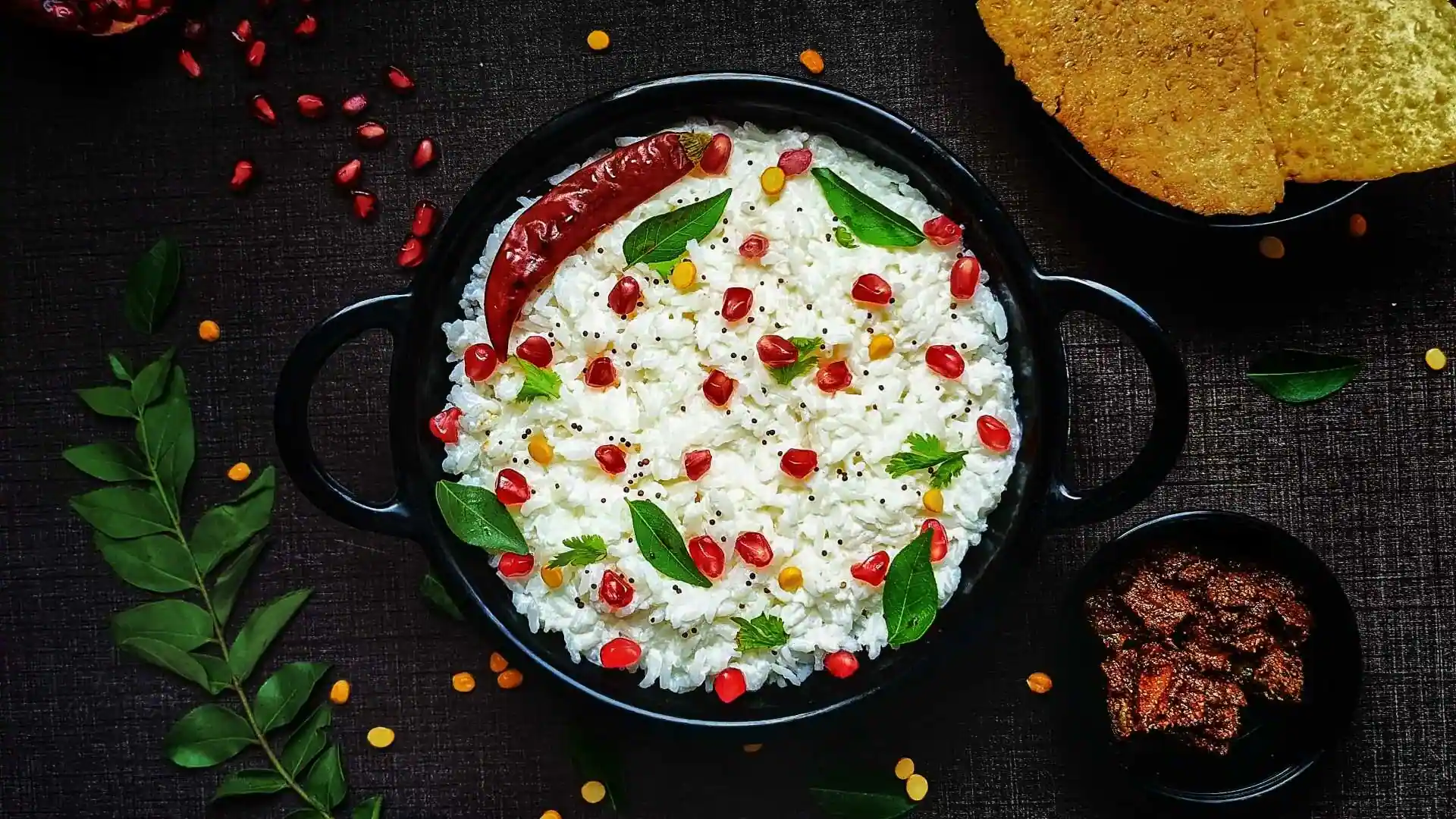The FAO’s food fee index, which measures month-to-month adjustments for a basket of cereals, oilseeds, dairy merchandise, meat and sugar, averaged 113.three factors in January 2021, 4.7 factors ( or 4.three%) better than in December 2020.
Global food charges rise for an 8th consecutive month in January to their maximum degree for the reason that July 2014, brand new records from the Food and Agriculture Organisation (FAO)’s food fee index showed, that’s proving to be a boon for farmers, however, can also stoke home inflation. Higher food charges should complicate the country’s nascent financial recovery, analysts stated.
Higher global charges of food commodities are spurring India’s food exports, however they may make India’s food imports dearer. The country, for instance, is predicated on imports to satisfy 70-74% of its vegetable or suitable for eating oils requirement.
This marks the 8th month of consecutive upward thrust however additionally the very best month-to-month common for the reason that July 2014. The surge turned into led with the aid of using better charges of sugar, cereals and vegetable oils, at the same time as meat and dairy merchandise additionally rose.
China is stockpiling cereals. Argentina has suspended income of maize for export. Russia has imposed taxes on exports of wheat, barley and maize, placing charges below pressure.
“India could be maximum tormented by a upward thrust in suitable for eating oil charges. India imports 70% of its requirement. International shortages are walking high,” stated Abhishek Agrawal of Comtrade, a commodities buying and selling firm.
Vegetable oil fee
The FAO’s vegetable oil fee index averaged 138.eight factors in January, up 7.7 factors or five.eight% from December, marking the very best degree for the reason that May 2012. Lower palm oil manufacturing in Indonesia and Malaysia are to blame, Agrawal stated.
Sugar charges jumped eight.1%, with decrease output throughout the European Union, Russia and Thailand and South America.
The sturdy profits in commodity charges have, however, quickened India’s commodity exports. Cotton has emerge as 1 / 4 according to cent dearer in global markets, prompting the Cotton Corporation of India to forecast brisk exports of inexpensive fibre from India.
India’s cotton shipments are anticipated to upward thrust to 7.five million bales (of 170kg each) as compared to five million bales exported ultimate year, in keeping with a forecast with the aid of using the Cotton Corporation of India.
Domestic soyabean charges are presently promoting 10�ove minimal guide charges, Agrawal stated, aided with the aid of using brisk exports. Firmer global call for and fee rises for maize, wheat and soybeans should show to be a boon for Indian growers.
India’s basmati and non-basmati rice exports are anticipated to be around 17 million tonnes towards 9.five million tonnes withinside the preceding economic year, with an 80% boom in exports between April and December 2020, professional records showed.



